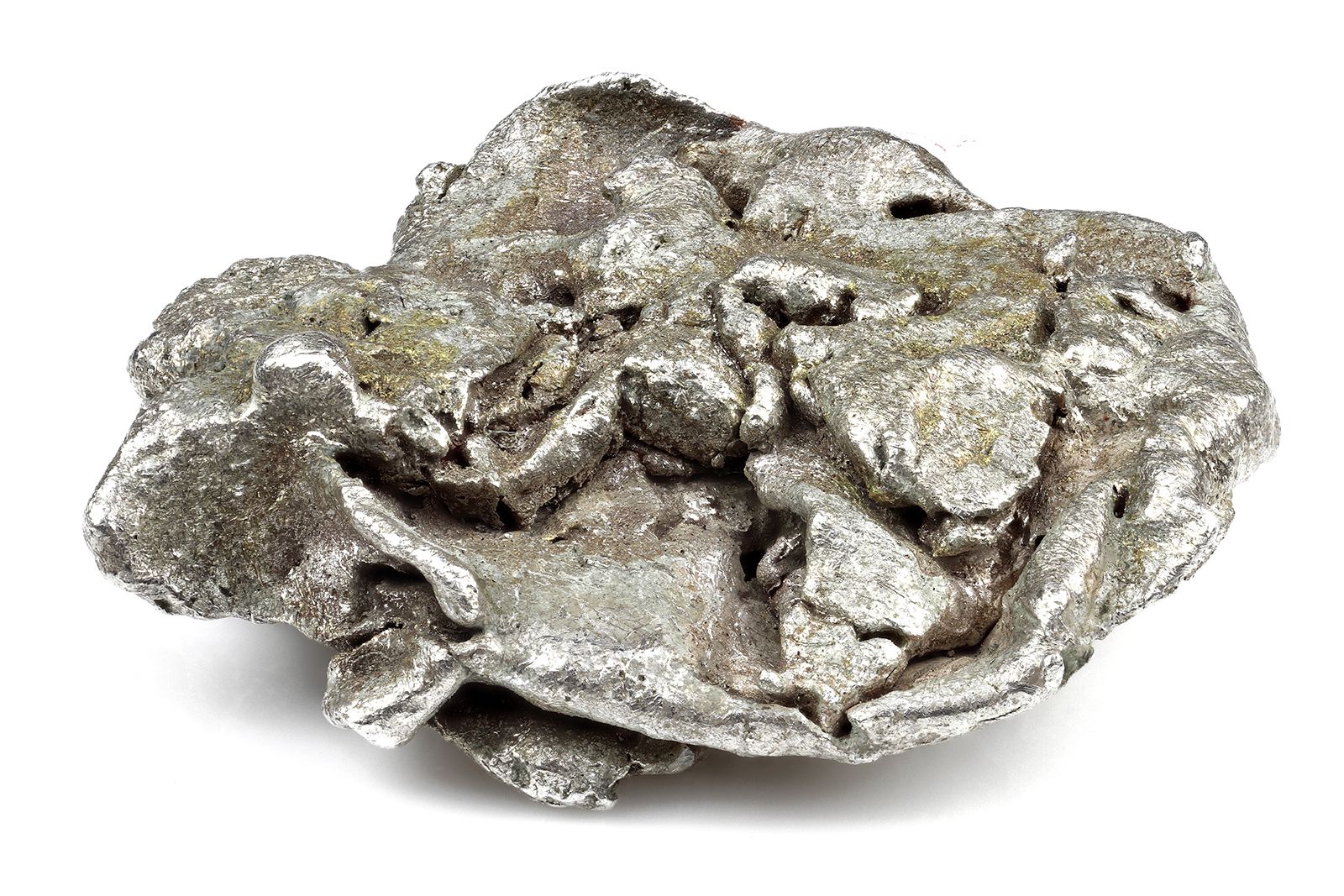Diamonds have captivated humanity for centuries with their mesmerizing beauty and unparalleled hardness. But have you ever wondered what minerals compose these precious gemstones? In this blog post, we will delve into the depths of the Earth to uncover the secrets behind the formation and composition of diamonds. Prepare to embark on a journey through time and geology as we explore the fascinating world of diamond minerals.
- The Carbon Connection:
At the heart of every diamond lies carbon, the fundamental building block of life. Diamonds are formed deep within the Earth's mantle, where extreme heat and pressure transform carbon atoms into the crystal lattice structure that gives diamonds their exceptional strength. This process, known as carbon crystallization, occurs over millions of years, creating the remarkable gemstones we cherish. - The Diamond's Best Friend: Inclusions:
While diamonds are primarily composed of carbon, they often contain trace elements and minerals known as inclusions. These inclusions provide valuable insights into the diamond's formation and journey to the Earth's surface. Common inclusions include garnets, pyroxenes, and olivines, which offer clues about the geological processes that occurred during the diamond's formation. - The Role of Kimberlite:
Diamonds are typically found in kimberlite, a volcanic rock that originates from the Earth's mantle. Kimberlite pipes, formed by violent volcanic eruptions, act as conduits for diamonds to reach the surface. These pipes contain a variety of minerals, including peridotite, pyroxenite, and eclogite, which are rich in magnesium, iron, and other elements essential for diamond formation. - The Impact of Xenoliths:
Xenoliths, fragments of rock from the Earth's mantle, often accompany diamonds during their ascent to the surface. These xenoliths provide valuable information about the geological processes occurring deep within the Earth. By studying the composition of these rocks, scientists gain insights into the temperature, pressure, and chemical conditions necessary for diamond formation. - The Geological Time Capsule:
Diamonds are not only stunning gemstones but also serve as geological time capsules. By analyzing the isotopic composition of diamonds, scientists can determine their age and trace their origins back billions of years. This information helps us understand the Earth's history, including the formation of continents, tectonic plate movements, and the evolution of life on our planet.
Conclusion:
Diamonds, the epitome of beauty and luxury, are composed of carbon and shaped by the Earth's immense forces. Their formation involves a complex interplay of minerals, inclusions, and geological processes that span millions of years. By unraveling the composition of diamonds, we gain a deeper understanding of our planet's history and the extraordinary forces that shape it. So, the next time you admire a diamond's brilliance, remember the incredible journey it has undertaken to grace your presence.


